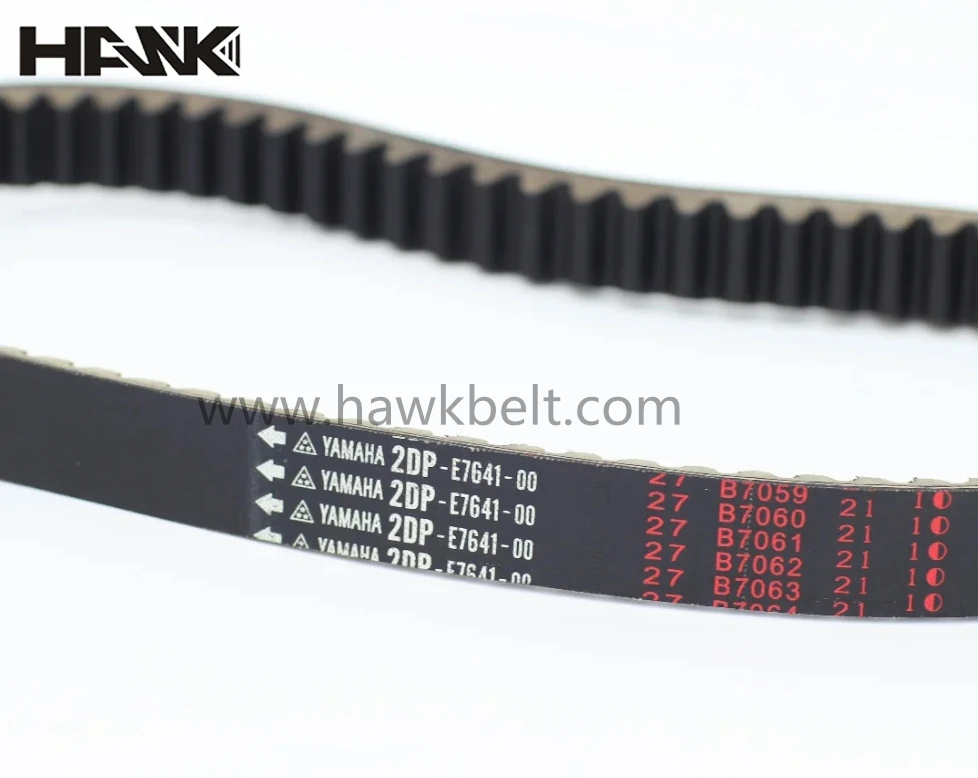- Arabic
- French
- Russian
- Spanish
- Portuguese
- Turkish
- Armenian
- English
- Albanian
- Amharic
- Azerbaijani
- Basque
- Belarusian
- Bengali
- Bosnian
- Bulgarian
- Catalan
- Cebuano
- Corsican
- Croatian
- Czech
- Danish
- Dutch
- Afrikaans
- Esperanto
- Estonian
- Finnish
- Frisian
- Galician
- Georgian
- German
- Greek
- Gujarati
- Haitian Creole
- hausa
- hawaiian
- Hebrew
- Hindi
- Miao
- Hungarian
- Icelandic
- igbo
- Indonesian
- irish
- Italian
- Japanese
- Javanese
- Kannada
- kazakh
- Khmer
- Rwandese
- Korean
- Kurdish
- Kyrgyz
- Lao
- Latin
- Latvian
- Lithuanian
- Luxembourgish
- Macedonian
- Malgashi
- Malay
- Malayalam
- Maltese
- Maori
- Marathi
- Mongolian
- Myanmar
- Nepali
- Norwegian
- Norwegian
- Occitan
- Pashto
- Persian
- Polish
- Punjabi
- Romanian
- Samoan
- Scottish Gaelic
- Serbian
- Sesotho
- Shona
- Sindhi
- Sinhala
- Slovak
- Slovenian
- Somali
- Sundanese
- Swahili
- Swedish
- Tagalog
- Tajik
- Tamil
- Tatar
- Telugu
- Thai
- Turkmen
- Ukrainian
- Urdu
- Uighur
- Uzbek
- Vietnamese
- Welsh
- Bantu
- Yiddish
- Yoruba
- Zulu
ធ្នូ . 11, 2024 16:12 Back to list
Understanding the Different Materials Used in Timing Belts for Optimal Performance
Understanding Timing Belt Materials Key Factors and Innovations
Timing belts are an essential component in many machinery and automotive engines, serving the critical function of synchronizing the rotation of various parts. They are typically made from a combination of materials designed to withstand wear, heat, and stress while ensuring optimal performance. Understanding the different materials used in timing belts, their properties, and advancements in technology is vital for engineers, mechanics, and automotive enthusiasts alike.
Composition of Timing Belts
The primary material used in timing belts is rubber, specifically a synthetic rubber known as Neoprene or chloroprene rubber. This material is favored for its excellent elasticity, resilience, and ability to withstand various environmental conditions, including temperature fluctuations and exposure to oils and chemicals. Additionally, timing belts often incorporate fabric, such as polyester, to provide added strength and durability. This fabric reinforcement helps to distribute loads more evenly and prevents stretching, which could lead to timing issues in machinery.
In more advanced applications, manufacturers are also exploring the use of thermoplastic elastomers (TPE) and polyurethane. These materials offer enhanced resistance to abrasion, tearing, and the effects of high temperatures. Furthermore, TPEs can be molded into more intricate designs than traditional rubbers, allowing for innovations in belt design that improve power transmission and efficiency.
The Role of Reinforcement
Reinforcement plays a significant role in the performance of timing belts. The combination of rubber and fabric or polymer reinforcements not only strengthens the belt but also enhances its operational life. For instance, belts that incorporate aramid fibers can significantly improve tensile strength and stiffness, making them ideal for high-performance applications where traditional materials might fail. This is particularly relevant in motorsports or heavy machinery, where precision and reliability are paramount.
In some cases, manufacturers turn to composite materials that can withstand extreme conditions, such as high-speed engines or industrial settings. These materials not only enhance the mechanical properties of the belts but also contribute to weight reduction, improving overall efficiency.
timing belt material

Temperature and Wear Resistance
One of the critical factors in the performance of timing belts is their ability to resist temperature fluctuations and wear. Rubber naturally degrades over time, especially in high-temperature environments. Therefore, advancements are being made to produce timing belts that can maintain their integrity under prolonged exposure to heat. The use of heat-resistant compounds and advanced curing processes has greatly enhanced the lifespan of timing belts, reducing the risk of premature failure.
Moreover, innovative coatings and treatments are being developed to improve wear resistance, allowing belts to endure extended periods of operation under harsh conditions. This is particularly essential in automotive engines, where consistent performance is vital for overall vehicle reliability and efficiency.
Future Innovations
The future of timing belt materials looks promising, with ongoing research focused on sustainability and advanced engineering. Biodegradable materials and eco-friendly manufacturing processes are becoming more relevant as industries strive to reduce their environmental impact. These innovations not only contribute to sustainability but also open new avenues for improving the performance and longevity of timing belts.
Furthermore, smart technologies integrated into timing belts are emerging. Sensors that monitor tension, wear, and temperature can provide real-time data to operators, allowing for predictive maintenance. This innovative approach could revolutionize how we maintain machinery, reducing downtime and extending the lifespan of components.
Conclusion
The choice of material for timing belts is paramount in ensuring their efficiency and longevity. As technology continues to advance, the materials used in timing belts are becoming increasingly sophisticated, offering enhanced performance and durability. Understanding the properties of various materials, their reinforcement methods, and future innovations can help stakeholders make informed decisions in applications ranging from automotive engines to industrial machinery. By keeping abreast of developments in timing belt materials, we can ensure that our machinery operates reliably and efficiently, paving the way for future technological advancements in this critical area of engineering.
-
Korean Auto Parts Timing Belt 24312-37500 For Hyundai/Kia
NewsMar.07,2025
-
7PK2300 90916-T2024 RIBBED BELT POLY V BELT PK BELT
NewsMar.07,2025
-
Chinese Auto Belt Factory 310-2M-22 For BMW/Mercedes-Benz
NewsMar.07,2025
-
Chinese Auto Belt Factory 310-2M-22 For BMW/Mercedes-Benz
NewsMar.07,2025
-
90916-02660 PK Belt 6PK1680 For Toyota
NewsMar.07,2025
-
drive belt serpentine belt
NewsMar.07,2025

